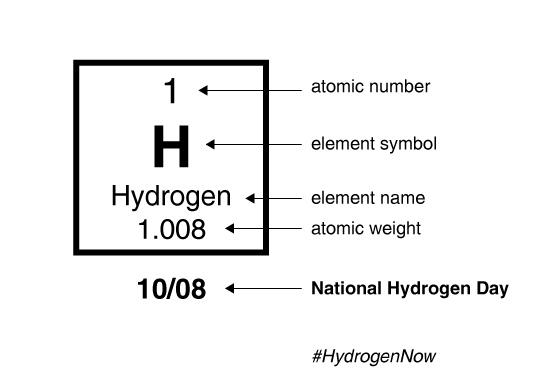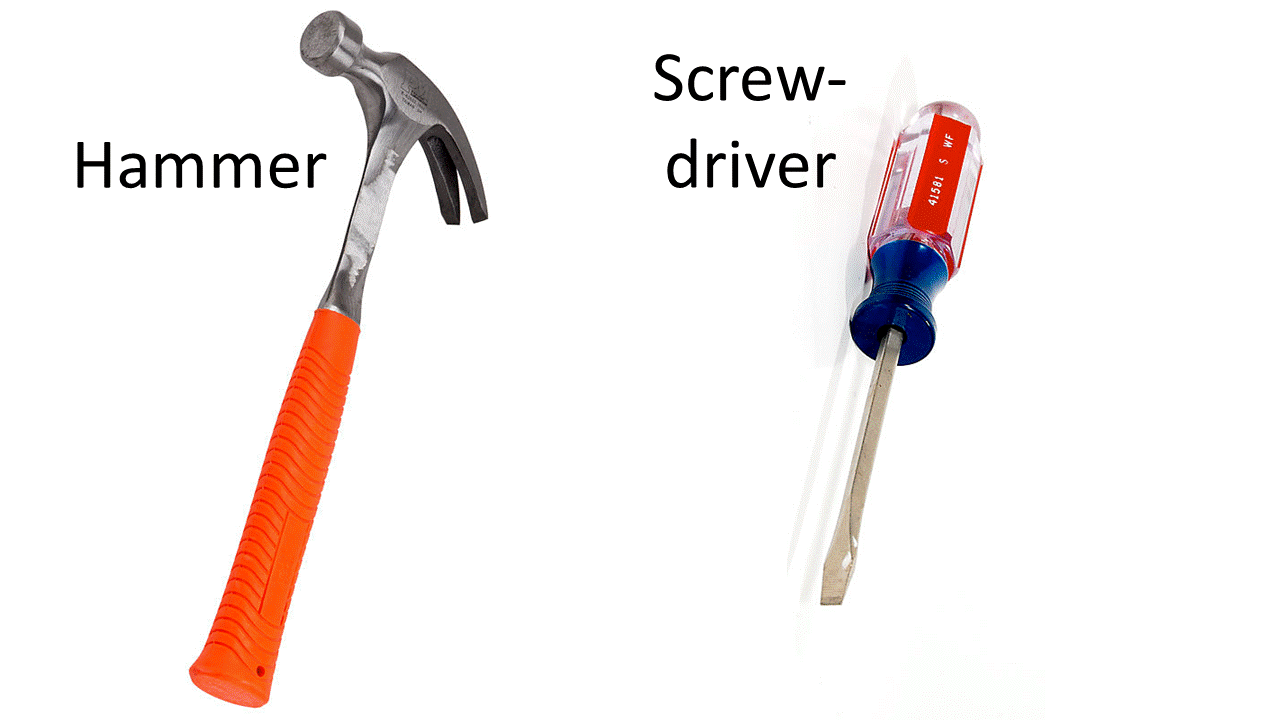
Today is Louis Henry Sullivan’s birthday. Sullivan’s wiki-page lists him as a famous American Architect widely considered the “Father of the Skyscraper.” In an 1896 essay Sullivan wrote:
Whether it be the sweeping eagle in his flight, or the open apple-blossom, the toiling workhorse, the blithe swan, the branching oak, the winding stream at its base, the drifting clouds, over all the coursing sun, form ever follows function, and this is the law. Where function does not change form does not change. The granite rocks, the ever-brooding hills, remain for ages;the lightning lives, comes into shape, and dies in a twinkling.
… » More …





